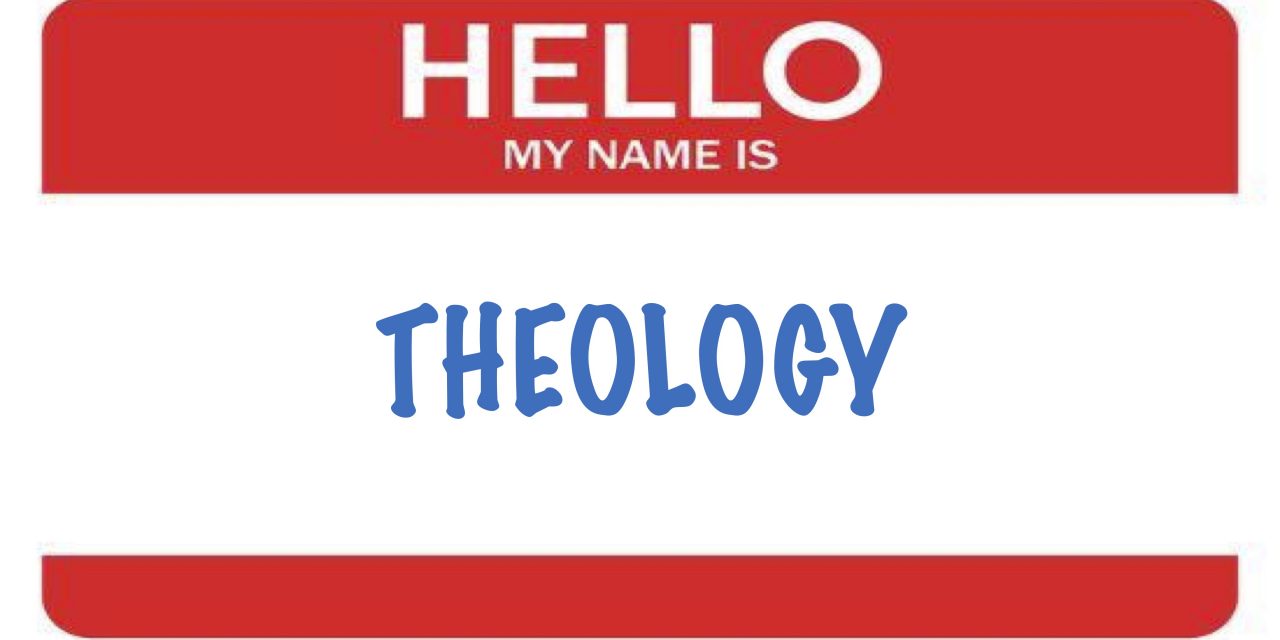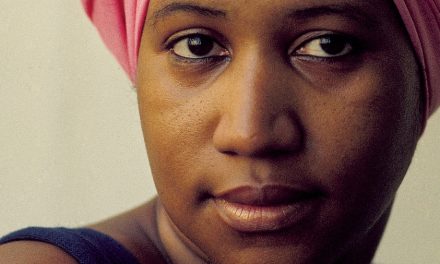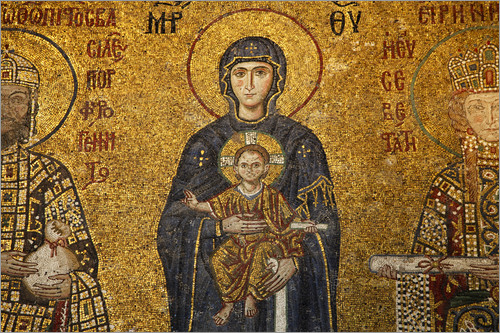Over the summer, and now into the new semester, I have been giving increasing attention to the always challenging task of crafting an effective Introduction to Theology Course.
This, naturally, is not an uncommon topic in theology blogs. Here, David Cloutier has explored the question previously, responding in part to another article about the task from Aristotle Papanikolaou. Nevertheless, I want to add some thoughts to this ongoing reflection in reference to some larger pedagogical questions.
At the start of this summer (or end of last spring?), The Chronicle of Higher Education had an article by Kevin Gannon on “How to Fix the Dreaded Survey Course” that has helped me think through the joys and challenges of introducing theology to undergraduates.
Now, it is not entirely fair to equate every introductory theology class with “the dreaded survey course,” since different schools have different expectations for the class and not all of them expect the kind of broad survey of the entire discipline that true survey courses provide.
Nevertheless, the basic description of a survey course in Gannon’s article seems to capture some of the key features of an introductory theology course today. “It’s no secret,” he writes, “that most students in any survey course are there only because they have to be. They enrolled, not from an inherent love of the discipline, but because the course fulfilled a requirement and fit their schedule.”
I don’t want to speak out of turn, but this absolutely describes my experience teaching our department’s introductory course, and from conversations I have had with colleagues at other institutions, I know mine is not exactly an outlier experience.
So what is an instructor to do in this environment? I have had a lot of soul searching about this, but I found I appreciated Gannon’s assertion that much hinges on what we think we are trying to accomplish.
The typical approach to designing these broad-based introductory courses tends to be content specific. We want students to be exposed to certain theories or ideas and we want them to know some specific elements about our discipline.
The problem with this strategy is that no single course is going to do it all. There is simply too much content that matters to produce a comprehensive introductory course that stays accessible for our students.
Recognizing this challenge, and incorporating insights from pedagogical research, Gannon argues that the survey course should not be about content at all but should instead be about the unique features of a discipline and its characteristic ways of thinking. This, as Gannon explains, should have a profound impact on the way one structures the introductory course:
If a survey course is meant to inculcate habits of mind, trigger a desire for deeper study, and build an enduring foundation for subsequent academic work, then the course content is not the end in and of itself, but rather the vehicle to produce those outcomes.
To achieve this end, Gannon outlines four strategies instructors might use in isolation or in conjunction (they are worth reading in more detail, so check out his original article in the link above). In the context of introducing theology, though, this has prompted me to reimagine the notion of an “introduction.”
Often, we are tempted to think of the introductory course as a kind of survey that delivers all the major theological claims or hits all the high points—covering biblical criticism, creedal history, systematic debates, and contemporary ethical challenges—so that students will have a sufficient understanding of theology even if they never take another theology class. But I have been trying to shift my assumptions so that I do not expect one theology class to do it all, based on the expectation that a student will only have one theology class. Instead, I want to think about how I can use the introductory class to inspire students to take a second theology class precisely so that this one course doesn’t have to do it all alone.
This rethinking has led me to a new image for the idea of an introductory class. Michael Himes, a Boston College theology professor who has successfully ignited a passion for theology in generations of students, once described his favorite image of teaching (in Conversations on Jesuit Higher Education Fall 1995) as the work of
the hosts or hostesses at what is at this point a four-thousand-year-old cocktail party. Students are the newcomers standing at the door wondering how to begin the conversation, and we are the ones who take them by the arm and say, ‘Wonderful to see you! Let me introduce you! Here’s Socrates—fascinating fellow, you’re going to love Socrates. And this is Shakespeare—what a character! And….’
Borrowing the general thrust of this insight, I have been reimaging the more specific task of an introduction to theology as akin to the kind of introduction that occurs when you connect an acquaintance to your best friend for the first time. If you really want them to talk to each other, you do not try to provide your acquaintance with your best friend’s entire biography at once. Instead, you focus on a few highlights that you think will be particularly relevant to your acquaintance (e.g., you both like soccer! Talk about that!). Then, you let the acquaintance find out what is interesting so that a new conversation can unfold in a meaningful fashion. The ultimate goal is to get them interested enough to carry on without you.
In this context, an exclusive emphasis on content that seeks exhaustivity is bound to fail. If you give too much information in the introduction, you’ve covered all the bases at the outset so there will be nothing left for the two of them to talk about. Instead, you have to judiciously omit much of what you know about your best friend so that you can provoke curiosity.
I think we should be trying to do the same thing with an introduction to theology. The goal is not to get everything across at once. Instead, it is to emphasize the most fascinating elements so that students begin to ask the questions that propel their study forward.
As one of my colleagues and I discussed, it’s the difference between trying to explain how the canon came about as a prerequisite to first exploring Scripture and diving into scriptural texts as authoritative reflections on perennial human questions (e.g., the problem of suffering) in order to lead students to question why these books bear the authority on these questions rather than others. By getting to some of the highlights first, we lead our students to the place where they can ask about the details, and then, ideally, we can point them to the next theology class they should take to find they answers they seek.
Given the dramatic role that curiosity plays in learning, anything we can do to spark curiosity in our students will be a great benefit to their study, and their personal development. If we want to use an introductory course to get students to understand why theology matters, then we really ought to think less about trying to give them all the details and more about how to get them to want any of the details we might have to give.
I have no pretensions that I have figured out how to do this, but I am hopeful that by rethinking exactly what I mean when I say I am teaching an introduction to theology, I will at least be walking down the right pedagogical path.





This is very helpful, Conor. I think you are on to something. For the past couple of years (I just finished my 21st year of full time teaching) I have been thinking that I/we have things backwards. I used to think, when teaching my upper level courses, that students should have all the basics from the intro course, and I would be frustrated when I had to address basic questions, concepts, terms, etc because the students either had not been exposed to them earlier or they had forgotten them. However, I have found that my doing so in an upper level course seems then to stimulate further interest in the students to, for example, take another course on scripture or church history or ethics in order to dig deeper into that interest. I am starting to think that professors should teach a first course related to their area of expertise and passion, in a way that is accessible and engaging, while making the kind of “introductions” you’ve highlighted (drawing on Himes). It would not be a “survey” course really, but I think that’s okay.
Thanks, Tobias. I haven’t thought about starting with the specialized before (I guess I was envisioning a class that focuses on the general features of theology, but isn’t driven by trying to hit every specific thing). That said, it could be a really good way to provoke the same kinds of curiosities, and therefore to serve as an introduction in this sense. I’ll have to think about extending this logic to my upper level classes too!